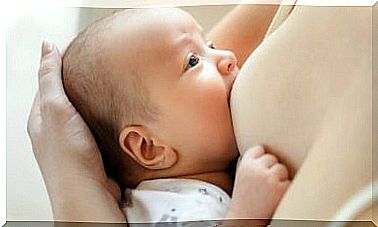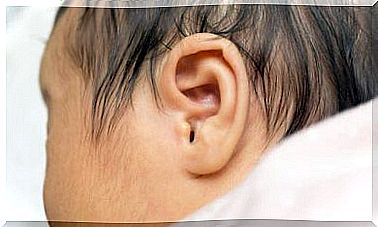Benefits And Uses Of Pregnancy Pillows
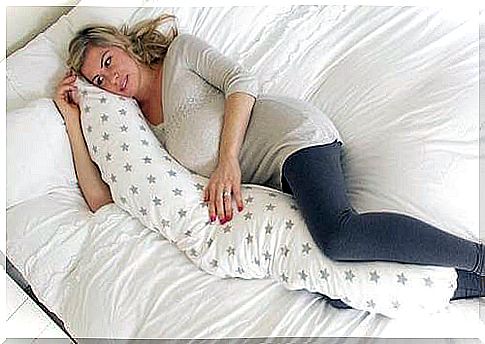
During pregnancy, the mother-to-be’s main concern lies in finding the best posture to avoid causing harm to the baby. This attitude, however, prevents you from making a comfortable choice at the expense of sleep quality. In this article, we will talk about the benefits and uses of pregnancy pillows.
The worry and discomfort don’t seem to get better as the months go by. The belly grows more and more and being able to sleep becomes more and more complicated.
Often, during pregnancy, we cannot fall asleep because we cannot take the position we want. We suffer from a series of discomforts, such as back pain and stomach pain, which do not allow us to breathe well. In short, we don’t feel comfortable at all.
If you have sleep problems or back pain, you can say goodbye to sleepless nights with pregnancy pillows. Pregnancy pillows are specially designed to ensure comfort for the body of a pregnant woman .
The benefits of pregnancy pillows
Pregnancy pillows are essential for your well-being and that of your baby.
- They provide a snug fit on the back, stomach, hips and legs when you lie down.
- They are designed to fully adapt to the shape of your body.
- They reduce the possibility of moving too much in bed.
- Relieve pelvic, hip and back pain.
- They are shaped to help prevent heartburn and back problems.
- They are compact so as not to take up too much space.
- Washing them is easy: you can put them in the washing machine.
They are perfect for sleeping, relaxing and even breastfeeding the baby, as they provide great support and reduce arm and shoulder cramps.
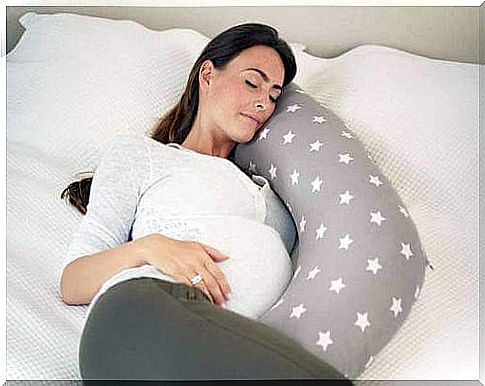
Types of pregnancy pillows
Currently you can find a wide variety of prenatal pillows, with different styles, shapes and materials to choose from according to your tastes and needs.
Small pregnancy pillows
This type of pillow is characterized by having the shape of a triangle or a crescent and is made of foam rubber. Its function is to provide bulky belly support when you sleep on one side. The advantage is that they are small and you can easily store them. They can also be used after pregnancy.
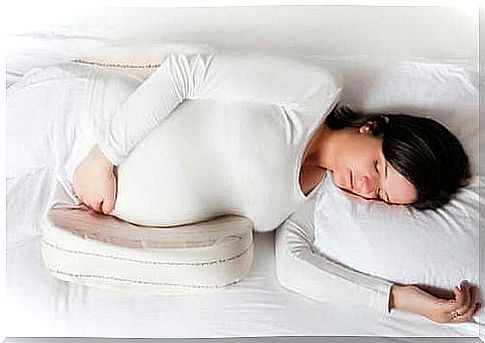
Large U-shaped pillows
They usually come in XXL size to comfort the whole body. In fact, they are able to support every part of the body, from the head, belly, legs and even the back.
The main benefit of these pregnancy pillows is that they encourage sleeping on the side. This is the most suitable posture for pregnancy, as it limits the ability to make sudden movements.
C-shaped or full body pillows
C-shaped pillows are a favorite of most pregnant women. They are designed so that you can sleep on your side and have support for your head, under your belly and between your legs, which are strategic areas for a good rest.
Full-body pillows give you support where you need it most, but their size, just like U-shaped pillows, can be uncomfortable.
Straight and elongated cushions
They are very similar to those with a C shape, as their elongated shape also works to support the whole body. The main feature is that they are more manageable and are very useful for finding a comfortable posture in bed before sleeping.
A comfortable pregnancy pillow should be all you need for a good night’s sleep. This type of pillow is designed to provide all the comfort and rest you need.
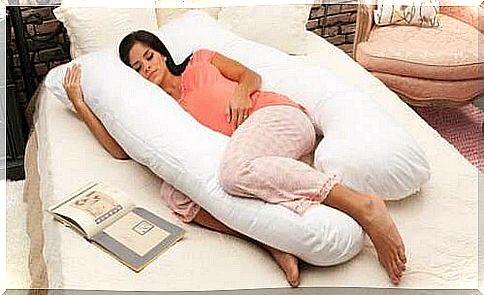
Common or DIY pillows
Some mothers prefer to try sleeping with the pillows they already have at home – just place them strategically where maximum support is needed. You can also make your own pillow, but you need a sewing machine and the ability to use it well.
When sleeping on your side, blood flow is not interrupted and oxygenation remains adequate for both mother and baby. Experts assure that the ideal is to sleep on the left side of the body.
pros and cons
The only problem with pregnancy pillows is that due to their large size they become very difficult to handle, as well as take up a lot of space in the bed.
The advantage of buying a pregnancy pillow is that you can continue to use your pillows, even after you have given birth. Only they can become uncomfortable, as they will make you feel uncomfortable every time you move.


